From marketing campaigns to website copy how you talk about your company, brand, products and services can have a huge impact on your business’ growth, sales and how consumers perceive you. Often how we communicate our value is overlooked, the specific words and phrases seem unimportant so long as the message is put across but the art of communicating effectively requires a little more tact and intention than is so often given to this crucial element of our branding, marketing and sales.
Here are three fantastic rules for talking about your company, products or services which you can apply in your website copy, marketing materials and even your sales pitches.
Don’t (Just) Focus On Price; Focus On Value
The price of your product or service only tells half of the story. Just because something is cheap it does not mean it is worth the money and conversely something expensive could still be a great deal proportionate to the value it provides. When a company focusses on having low prices (without equally addressing the value of the products or services) they can run the risk of projecting an image of being cheap in the worst sense, in other words they project an image of low quality, a budget alternative if you cannot afford a perceived better and more expensive version. This can affect businesses of any size with multinational supermarket chain Lidl recently adjusting their brand messaging to focus more on the quality of their products, not just their low prices. Similarly if value is not well communicated for products or services with a large price tag they can be dismissed as simply expensive or overpriced. Learn to speak in terms of value rather than price, this gives a better picture of the full story and makes a buyer feel as though they are buying x value for x price rather than just spending x amount. The difference is subtle but significant.

Talk About Benefits Not Features
Which of these sounds more appealing to you; “1,000 songs in your pocket” or “4GB of storage and only 3.5 inches tall, 1.6 inches wide and 0.27 inches thick”? Obviously, the first one. This was the slogan for Apple’s iPod Nano back in 2006 and it succinctly summarises the benefits of the product which is far more compelling than the second option which communicates the same information through features (in this case the IPod’s specs).
- Features are the things a product can do, its specs and other base level details and information.
- Benefits are the end results, the outcomes the product or service produces e.g. “1000 songs in your pocket”
This is just one example but, I assure you it represents the rule rather than the exception – that rule being that communicating your benefits is better than communicating your features. Both matter but by making benefits the priority you will make a far more compelling argument for buying your product. Effectively communicating your benefits will drive sales (assuming the benefits are worth having at the price you are selling them for) or at least lead people to looking into the features if that is what interests them.

Speaking in terms of benefits is not limited to taglines. When I land on your website you have a few seconds to tell me why you are the best, tell me what you can do for me, if it interests me I will scroll down the page and read the features or I may just go straight to buying the product. Start with benefits and allow people to then look into features if they want to do additional research.
People are not buying features they are buying the results and benefits those features provide. The intricacies of how I can store 1000 songs (4GB of storage) and how it fits in my pocket (the dimension specs) do not interest me, I just want to know that I can do it with your product (the how is an added bonus not the key selling point).
Communicate Your USPs
Effectively communicating in terms of value through benefits rather than features is a great start but it can only go so far if you are saying the same thing as everyone else. In 2006, “1000 songs in your pocket” was unique but it is not as impressive today with smart phones from a selection of companies offer that and so much more.
In fact many of the unique selling points of yester-year are not so unique anymore as businesses strive to outperform their competitors. You may find short delivery times (even next day and same day) are more common among your competitors than you would expect and other key selling points such as “free shipping” or even the benefits and features of your product are also offered by your competitors. So, whilst these are still examples of Selling points they are not unique selling points, they do not separate you from the crowd and show the consumer why they should by from you rather than your competitor.

Not only should your messaging communicate your value and benefits but it should address your unique selling points (USPs) the differentiating factors that separate you from your competitor (in a good way, if you don’t do a certain thing as well as your competitor please don’t announce it to the world and blame me when your sales nose-dive). Does your customer service come with a level of expertise your competitors do not? Do you offer a 110% guarantee (in other words do you stand by your product so much you will not only refund unhappy customers but offer them an extra 10%)? Sounds extreme, but if that separates you from your competitor and is what compels people to buy from you rather than them you might find the extra sales more than compensate for the one picky customer who is unhappy and what’s there extra 10%. What about the product itself does it offer something your competitors’ doesn’t (preferably a benefit rather than a feature)? Find what makes you unique and share it with the world don’t leave it down to a coin flip between you and your seemingly identical competitor(s).
If you feel that your product is not selling as well as it should or that your messaging needs amending start with these three points. Whether your website traffic is not converting to sales or your Facebook ads have poor view/like/click to impression ratios there is a strong chance there is nothing wrong with your product or service and rather the issues lays with your messaging and the way you talk about your product or service.

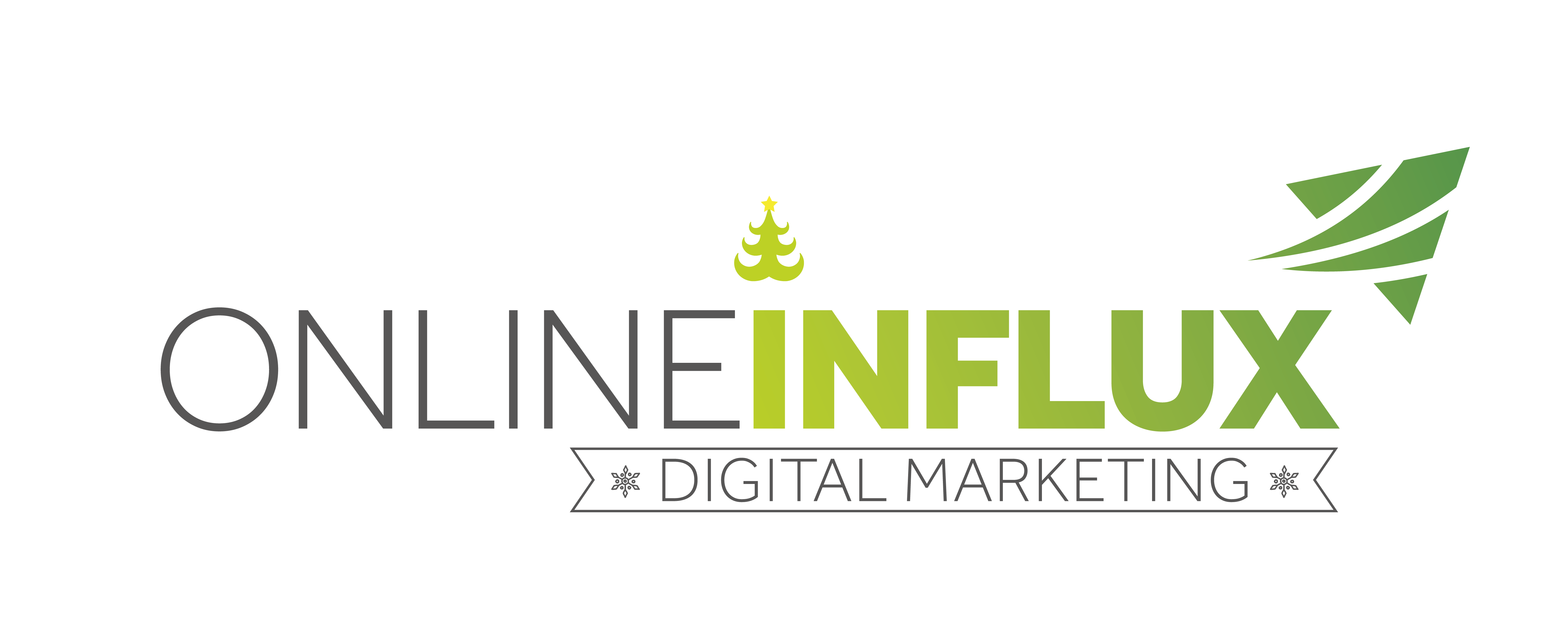
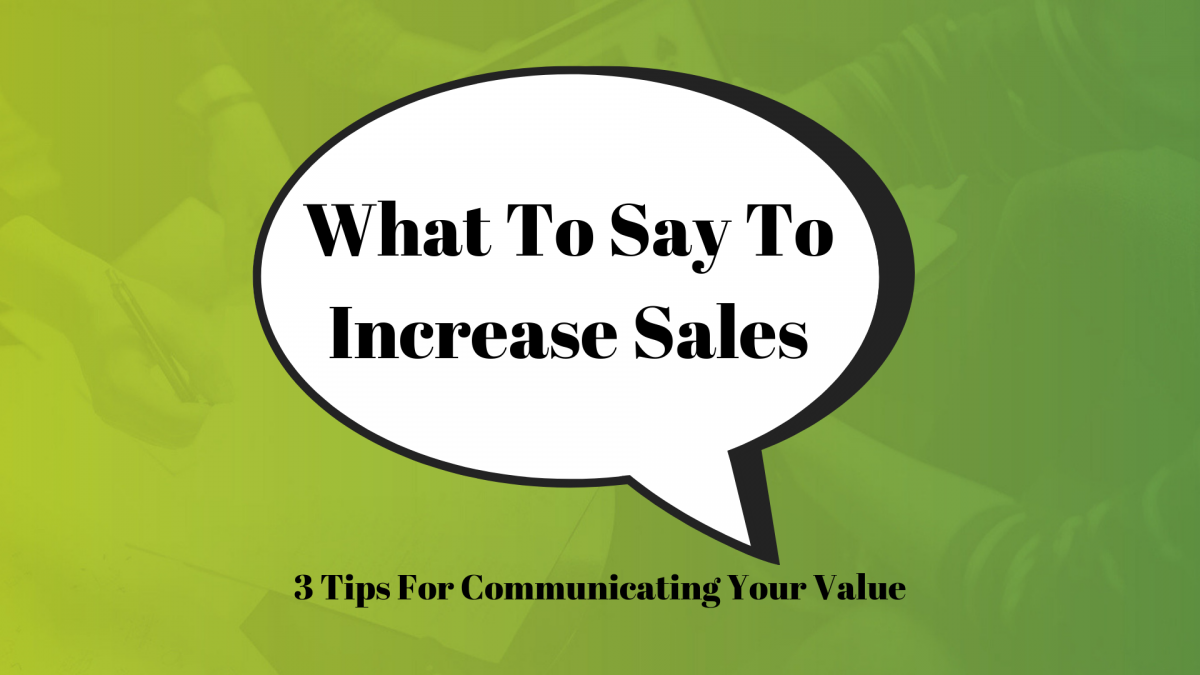
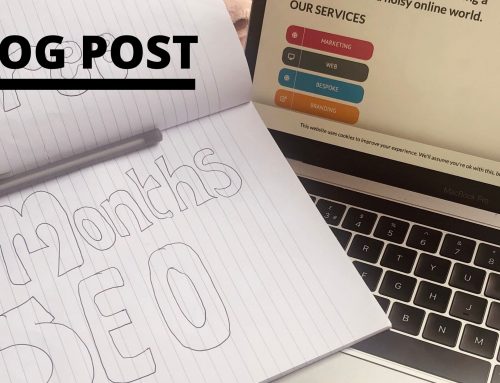
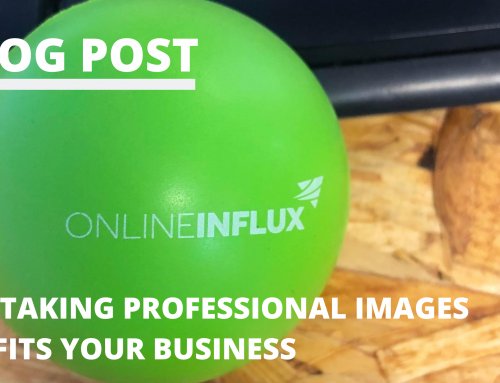
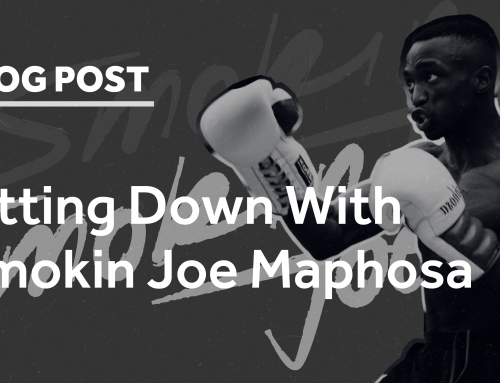

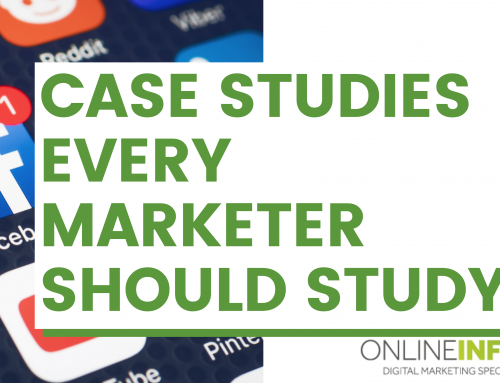
Leave A Comment